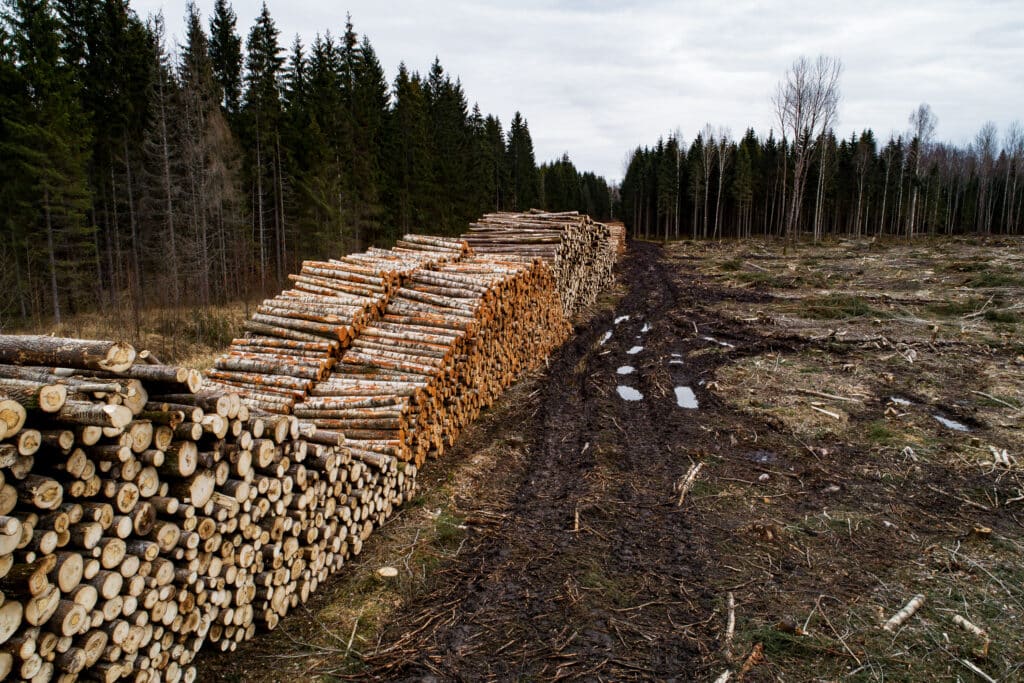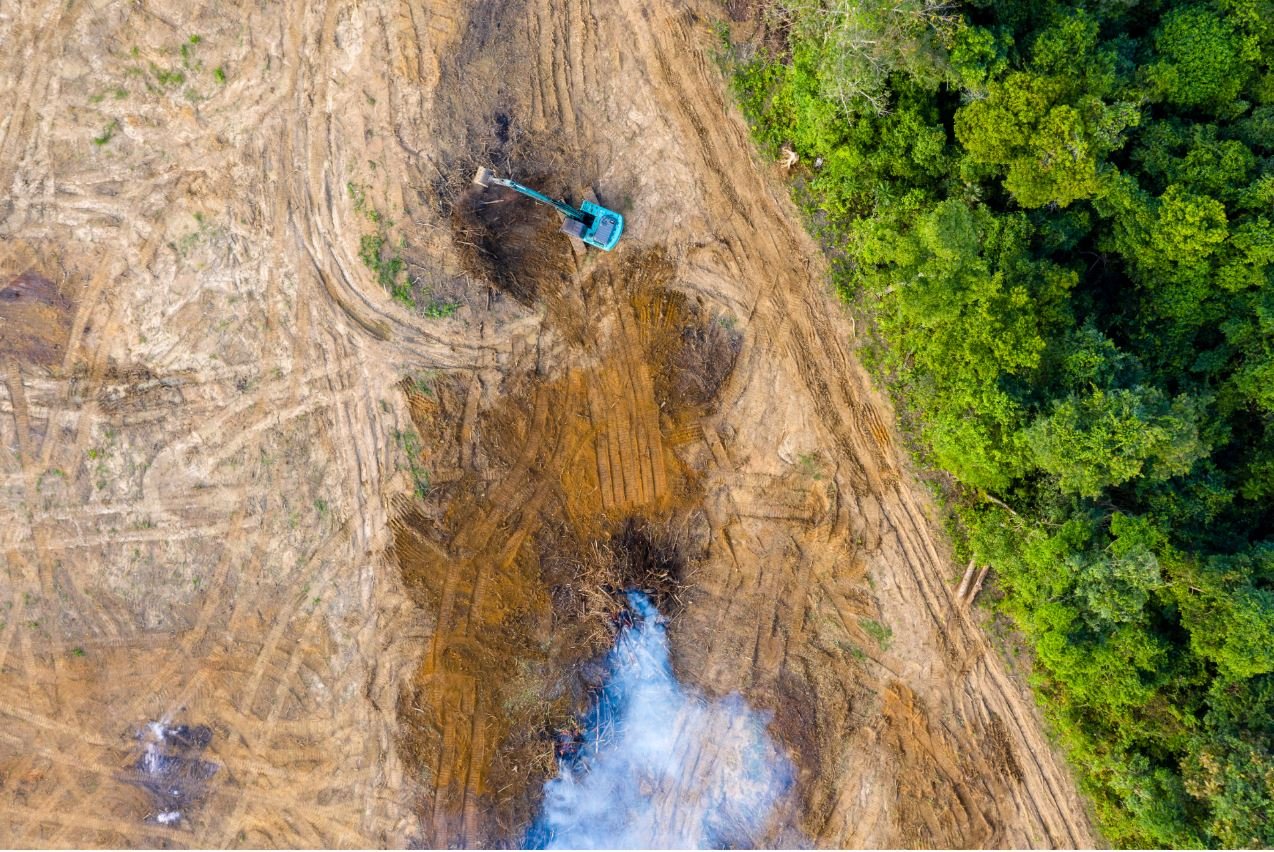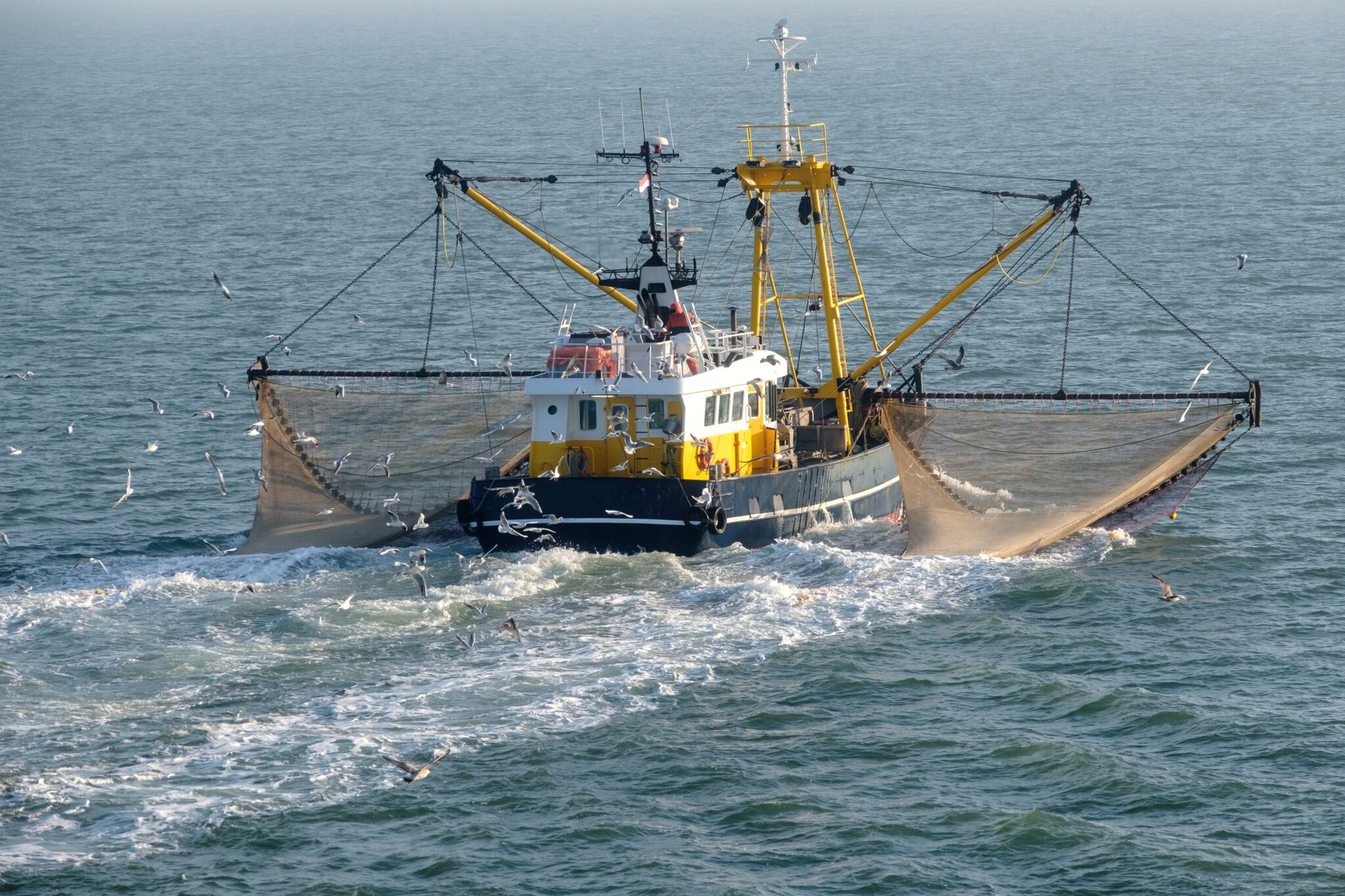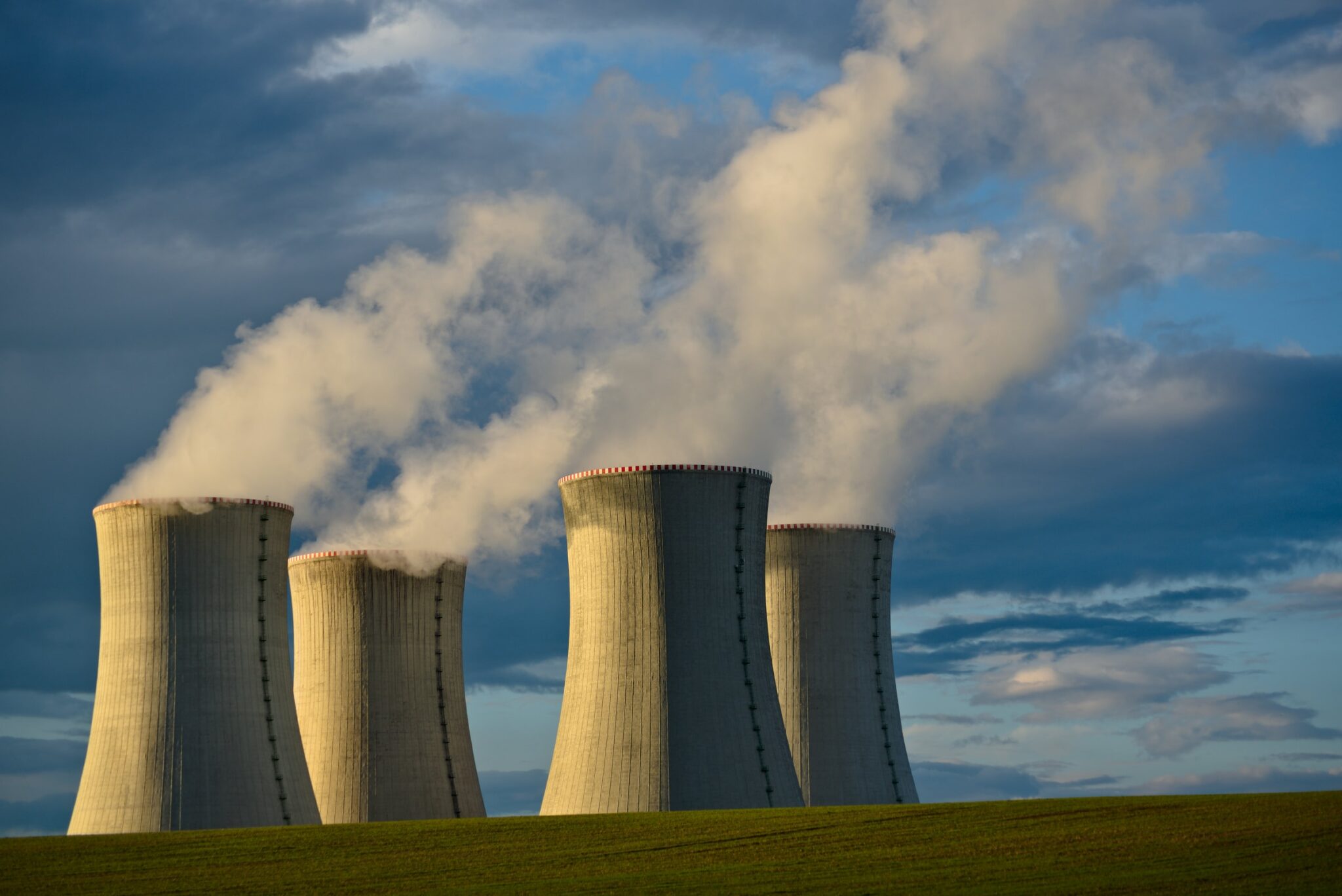EU green taxonomy – burning biodiversity

We’ve written before about how we should basically stop burning stuff, right? It seems that common sense is only for the birds. It looks like the European Union is on course for another decade of burning biodiversity and carbon stocks, all in the name of renewables. Great! With our planet being on the verge of collapse this is what we were all waiting for.
Photo: Karl Adami
The EU’s green taxonomy is a key part of delivering the EU’s Green Deal. Although the EU taxonomy was initially a great plan to end – with a science-based approach – the discussion on greenwashing in the financial sector once and for all, we ended up with a severely watered-down version that does not serve its own purpose. The European Commission’s taxonomy Delegated Act considers that logging trees and burning crops and trees for energy makes a “significant contribution to climate mitigation” and does “no significant harm” to biodiversity. In short, this is another opportunity for loggers to keep exploiting our forests whilst releasing of tons and tons of CO2 in our atmosphere.
Principal reasons the Delegated Act (DA) fails European and global forests are:
There are too many loopholes
- The DA exempts forest holdings smaller than 13 Ha from having to undertake a climate benefit analysis. This means the taxonomy allows the vast majority of private holdings to claim compliance irrespective of how they manage their forests.[1] It’s also unclear whether public sector owners, whose holdings are often larger than 13 Ha, can simply sub-divide their estates into smaller management areas.
- The DA conducts no impact assessment as to how much forested land is given a free pass, but it is likely to be more than 11% of total European forest – at least 20 million Ha. [2]
The ‘climate benefits analysis’ is worse than meaningless
- The climate benefit analysis requires forest owners to show they will sequester carbon over a period of 30 years on their land. However, they do not have to consider the land’s potential for carbon sequestration, they only have to show sequestration compared to any scenario they choose. For example, they could assume their patch of forest would be entirely logged, or burnt down, and therefore anything they do will sequester more carbon than their spurious scenario.
- No minimum carbon sequestration levels are required, so even sequestering 1g of carbon would be enough to comply to the ‘climate benefits’.
- Anyone can do the auditing, whether they have any relevant skills or not – provided they are not involved in the activity. But being paid to do an audit is already a vested interest.
The DA is likely to increase carbon emissions
- Burning wood emits two to three times more carbon per unit of energy than coal. [3] This would have a significant contribution to global warming for decades to centuries, even if they would completely replace fossil fuels. [4] Regrowing trees might eventually compensate for burnt trees, but it would take decades or centuries. Time we don’t have; emissions reduction must happen now!
- Burning trees just makes no sense! Using wood to provide a negligible 2% increase in global energy would require a doubling of industrial logging. [5] It would be way smarter to focus on wind, solar, heat pumps and geothermal energy. [6]
- The DA does not include limitations on carbon emitting practices such as clear cuts, soil preparation, stump removal and drainage.
- The DA has no stipulations on the carbon fate of forest products. It does not take into account that growing wood to burn or to process to pulp and paper releases carbon back to the atmosphere much faster than growing wood for timber.
The DA will incentivise massive losses of forest biodiversity
- The DA uses the Food and Agricultural Organisation’s definition of a forest. This means that up to 90% of a forest can be removed without this being considered deforestation, as long as it remains legally classified as “forest” – irrespective of actual tree cover or recovery. Even clear-cuts without regeneration continue to occur in Europe.[7]
- The DA puts forests across the globe at risk. The DA describes burning wood as taxonomy compliant and the RED has a target for a 10% increase in energy from biofuels. To meet the RED target, half of Europe’s forestry output would be needed; wood will have to be imported. Forest countries like Brazil and Indonesia that are already under severe pressure are now increasing their logging for biofuel. [8]
- Protections of biodiverse forests will be ineffective. The wording in both the DA and RED about protecting biodiversity is useless because:
– The DA does not define “high” and “low” biodiversity forest. RED only prohibits clearing of legally protected areas and primary forests, in which there are “no clearly visible indications of human activities”. This is ambiguous and covers only a small proportion of forests. So the majority of the world’s forests can be clear-cut and still be taxonomy and RED compliant.
– The definitions of “sustainable forestry” allows ongoing degradation. Both the DA and RED defer to national forestry codes, the Forest Europe process and certifications such as PEFC to determine sustainable forestry practices. In many cases these are either lax or vague enough as to permit business-as-usual damage.[9] In most countries’ forest codes, logging and even replacement of forests with plantations do not count as “conversion”. Forest Europe’s sustainability principles are recognised in the EU Forests Strategy as lacking necessary detail.[10] Despite high levels of forest certification in countries like Finland and Sweden, their biodiversity continues to decline.[11] - Climate and biodiversity damage is locked-in. A “do no significant harm” criterion is added in the name of the “circular economy”, that de facto excludes any investment that would reduce logging rates, thus creating the senseless provision that whilst forest destruction can be considered green, a move to less destructive forestry cannot.

What can be done?
- There must be an urgent review of the forestry and bioenergy criteria in the Climate Change Delegated Act, with marked improvements on Do No Significant Harm criteria.
- The upcoming second Delegated Act must also have robust Do No Significant Harm criteria regarding biodiversity.
- The second Delegated Act must have clear criteria for Substantial Contribution to biodiversity – it must not repeat the errors of the first DA and RED by repeating inadequate definitions of ‘sustainable forest management’ that fail to ensure substantial contribution and in fact permit destructive practices.
- We must warn investors not to include any forestry in green funding or green bonds on the basis of the EU taxonomy until the above points are achieved, since the delegated act and the RED have grave flaws on both climate change and biodiversity.
[1] 2/3 of Europe’s forest holdings are less than 3 Ha. https://www.cepf-eu.org/page/european-forest-owners Visited 6th January 2022.
[2] There is about 182 million Ha of forest in Europe, 46.5% of which is privately owned (84.6 million Ha) (Forest Europe 2020). According to the FAO (albeit a very limited survey and undated), 23% of which is less than 10 Ha (i.e. 19.5 million Ha and 10.7% of the total forest). We round up because the exemption in the DA is for 13 Ha.
[3] Raven et al., 2021
[4] Searchinger et al., 2018; Beddington, J. et al. (2018); Raven et al (2021).
[5] Searchinger et al., 2018 and Raven et al., 2021.
[6] Fern et al (2021). The Renewable Energy Directive recast.
[7] EEA (2020). State of Nature.
[8] Searchinger & Scientists Letter 2021
[9] EEA 2020 (State of Nature) concludes the “forestry sector is the principal pressure on quality of forest habitats due to [in order of most common pressures]: removal of dead and dying trees, clear cutting, removal of deadwood, removal of old trees, conversion into monoculture plantations, forest management affecting old growth forests, land conversion, hydrological changes, replacement with non-native or invasive species.” “deforestation and clear-cutting without regrowth is occurring in Europe”. Angelstam et al (2020): “The frontier of forest landscape transformation continues to reduce the remaining remnants of HCVFs in Sweden”.
[10] EC (2021). New EU Forests Strategy for 2030. P.13. “In order to better respond to new challenges and needs, and in light of the increasing role of forests in the delivery of the EU’s commonly agreed climate and biodiversity objectives, the sustainable forest management framework will have to be enhanced, notably as regards criteria relating to ecosystem health, biodiversity and climate change so that it can become a more detailed screening tool to determine and compare different management approaches, their impact and the overall state of EU forests. The sustainable forest management already covers several relevant indicators, such as deadwood and species diversity, but it does not yet define thresholds or ranges as benchmarks for the desirable condition”.
[11] Take Finland and Sweden, for instance, home to some of Europe’s last undisturbed forests. More than 90% of Finland is PEFC certified, but “76% of forest habitats in Finland are now threatened. Another 21% of the forest habitats were assessed as nearly threatened’ (Finnish Environment Institute 2018; Kontula and Raunio 2019). In Sweden, 70% of forests are certified by FSC or PEFC but “present measures to conserve and develop important habitats for threatened and sensitive species are not enough… habitats for threatened and sensitive species are decreasing…executed measures have not been sufficient to halt the loss of important habitats in the forest landscape”- Swedish Forest Agency, March 31st, 2021.
References
Beddington, J. et al. (2018). LETTER FROM SCIENTISTS TO THE EU PARLIAMENT REGARDING FOREST BIOMASS (updated January 11, 2018)
EC (2021). New EU Forest Strategy for 2030
EU (2020). National Inventory Report to UNFCCC.
Linser, S. & Wolfslehner, B. (2022). National Implementation of the Forest Europe Indicators for
Sustainable Forest Management. Forests (13).
Nabuurs et al., (2013). First signs of carbon sink saturation in European forest biomass. Nature Climate change.
Searchinger, T. D. et al. (2018). Europe’s renewable energy directive poised to harm global forests. Nature Communications.
Raven, P. et al. (2021). Scientist letter to Biden, Van der Leyen, Michel, Sugar and Moon, Regarding Forest Bioenergy (February 11th).
Commission Delegated Regulation (EU) 2021/2139 supplementing the EU Taxonomy Regulation (the “EU Taxonomy Climate Delegated Act”)
You might be interested in:
 | Stichting BirdLife Europe gratefully acknowledges financial support from the European Commission. All content and opinions expressed on these pages are solely those of Stichting BirdLife Europe. The European Commission is not responsible for any use that may be made of the information it contains. |









